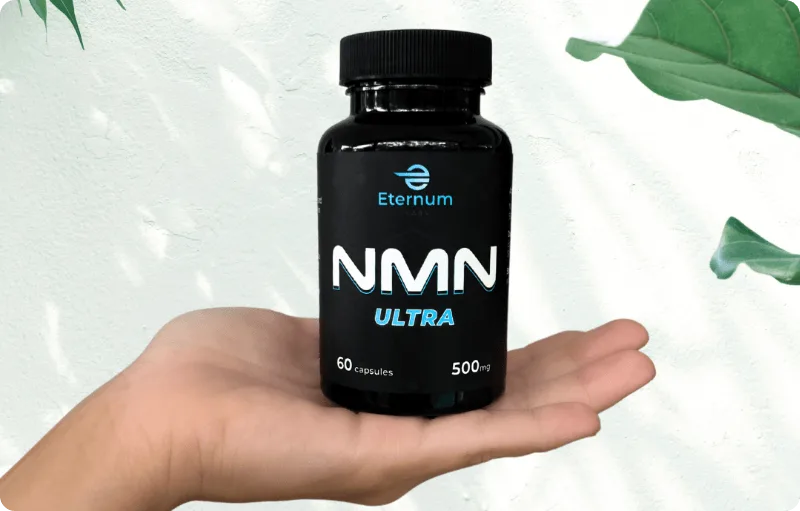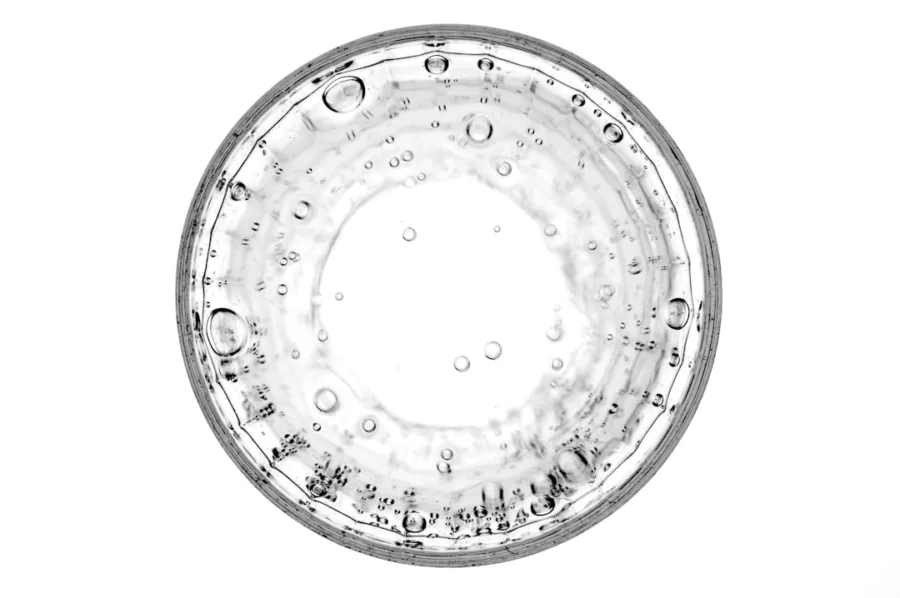The Difference Between NMN, NR, and NAD+: Understanding The Key Players in Cellular Health
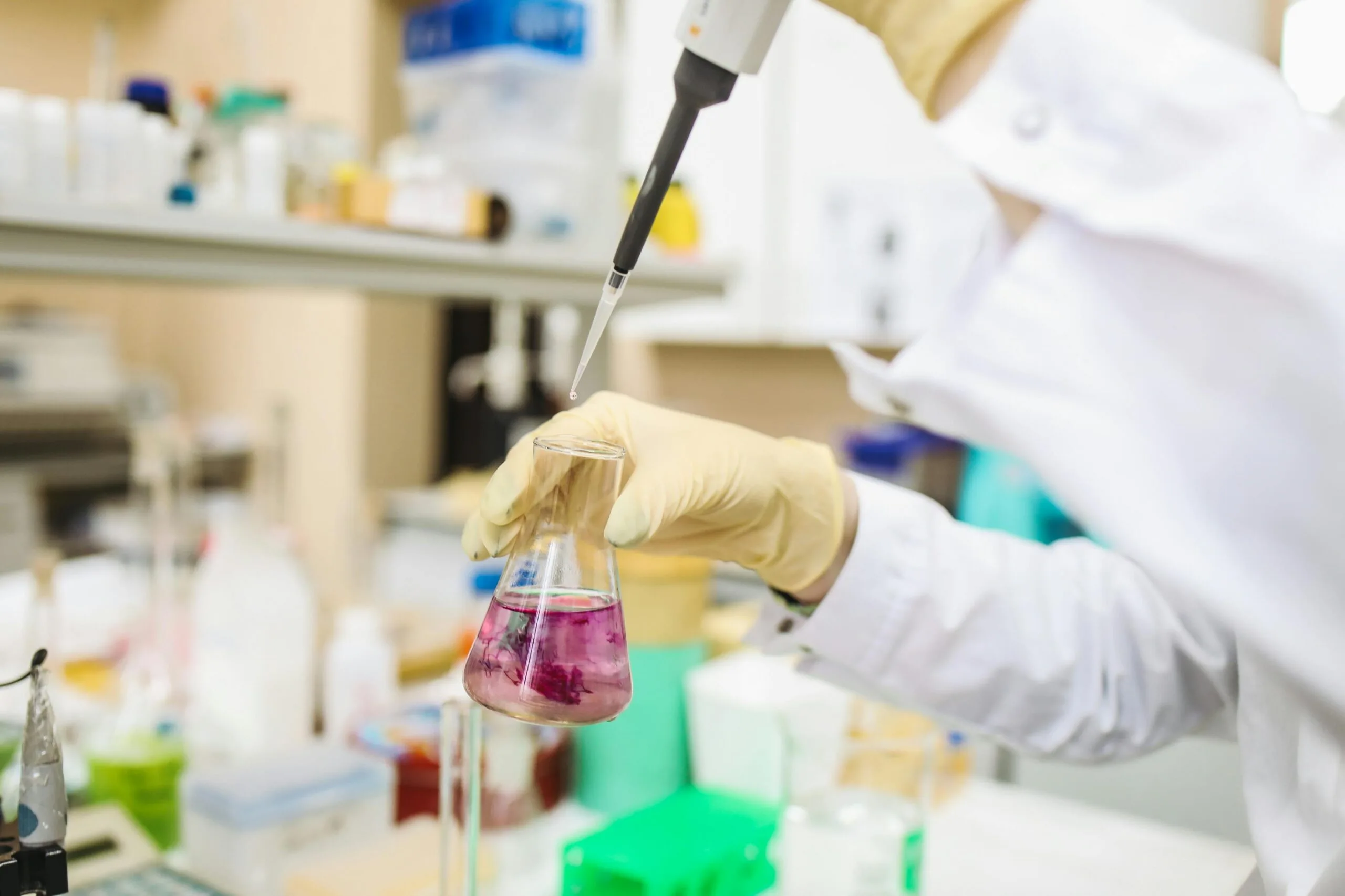
In the realm of health and wellness, particularly in discussions surrounding aging and metabolic health, terms like Nicotinamide Mononucleotide (NMN), Nicotinamide Adenine Dinucleotide (NAD+), and Nicotinamide Riboside (NR) frequently surface.
While these compounds are interconnected, they serve distinct roles in cellular processes, particularly in energy metabolism and DNA repair.
Understanding their differences is crucial for anyone interested in enhancing their health and longevity.
What is NAD+?
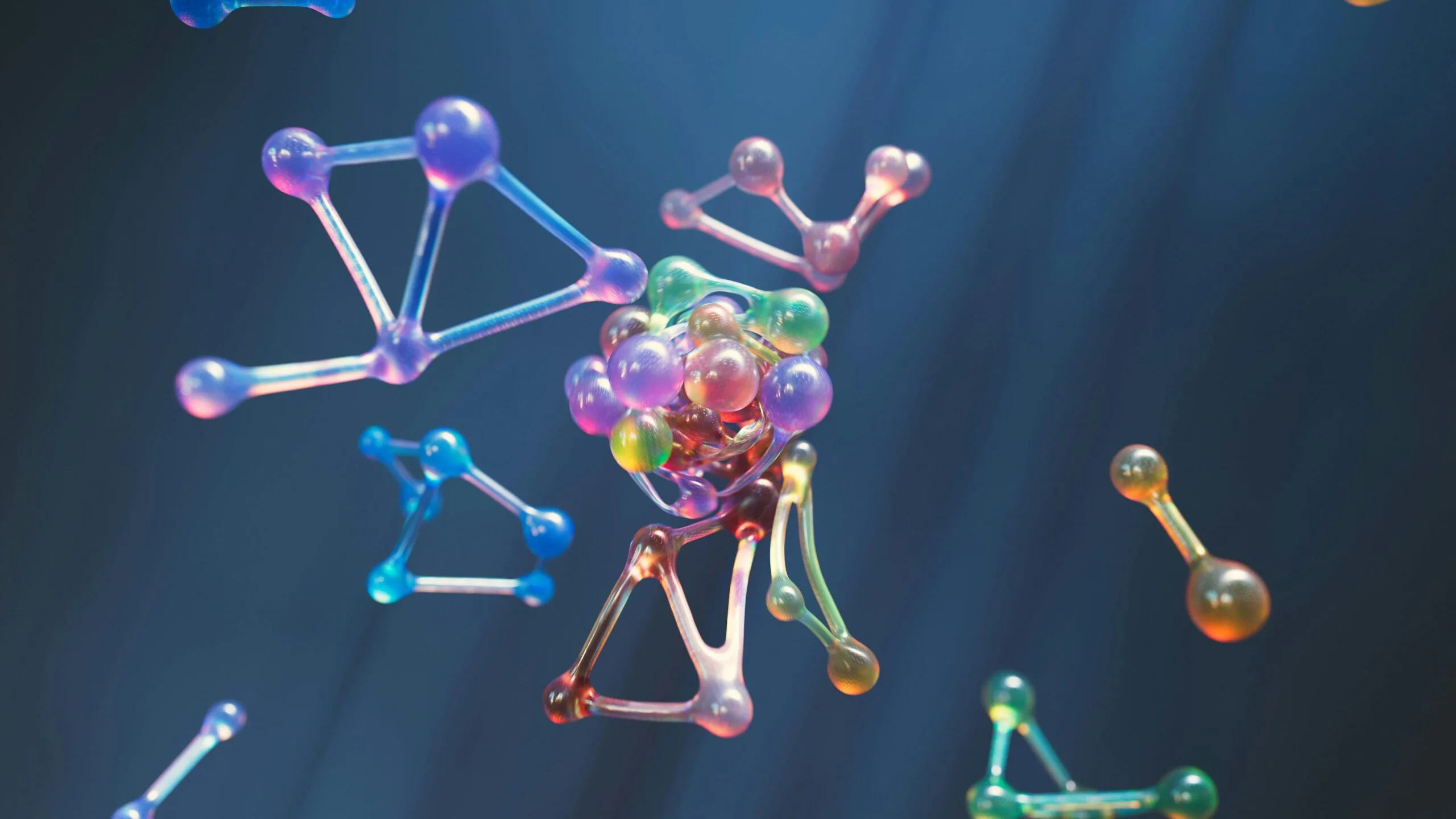
Nicotinamide Adenine Dinucleotide (NAD+) is a coenzyme found in all living cells, playing a fundamental role in various biochemical reactions.
It exists in two forms: NAD+ (oxidized) and NADH (reduced). The primary function of NAD+ is to facilitate redox reactions, which are essential for energy production.
NAD+ acts as a carrier of electrons during metabolic processes, including glycolysis and the citric acid cycle, ultimately leading to the production of adenosine triphosphate (ATP), the energy currency of the cell.
Beyond its role in energy metabolism, NAD+ is crucial for DNA repair, cellular signaling, and the regulation of circadian rhythms.
However, NAD+ levels naturally decline with age and are influenced by lifestyle factors such as diet and exercise, leading to a host of age-related health issues.
What is NMN?
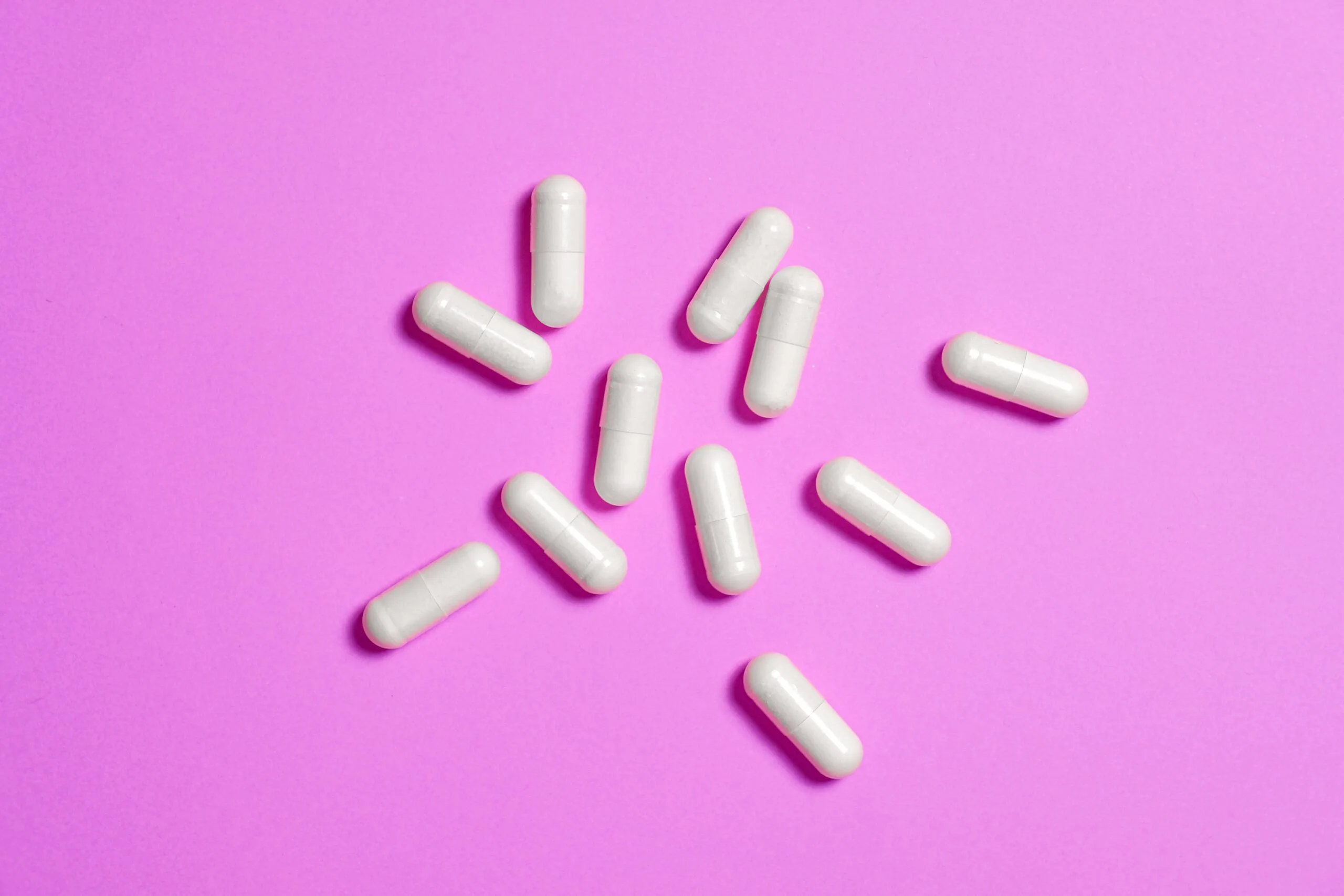
Nicotinamide Mononucleotide (NMN) is a nucleotide derived from ribose and nicotinamide, and it is a direct precursor to NAD+.
This means that NMN is converted into NAD+ through a series of enzymatic reactions within the body.
The significance of NMN supplements lies in its potential to restore NAD+ levels, especially as they decline with age.
The benefits of NMN supplementation are increased energy production, improved metabolic health, enhanced DNA repair, and cognitive benefits.
By boosting NAD+ levels, NMN supplementation may counteract some of the physiological declines associated with aging, making it an appealing option for those looking to promote longevity and overall health.
What is NR?

Nicotinamide Riboside (NR) is another precursor to NAD+, similar to NMN. NR is a form of vitamin B3 that is converted into NAD+ through a slightly different pathway than NMN.
Like NMN, NR has garnered attention for its potential to enhance NAD+ levels and improve metabolic health, energy production, and cognitive function.
Research indicates that NR supplementation can elevate NAD+ levels effectively and is well-tolerated in humans.
Some studies suggest that NR may also offer additional health benefits, such as supporting cardiovascular health and enhancing physical performance.
NMN vs NR

Although they share the common goal of increasing NAD+ levels, the difference between NMN and NR is that they differ in their molecular structures and pathways of conversion. The difference between NMN and NR is as follows.
NMN is a nucleotide that directly participates in NAD+ biosynthesis, whereas NR is a ribonucleoside.
The metabolic pathways for converting these compounds into NAD+ are distinct, but both ultimately contribute to boosting NAD+ levels in the body.
Additionally, the bioavailability and absorption rates of NMN and NR can vary.
Some studies suggest that NMN may be more efficiently absorbed in the intestines, while NR may require additional metabolic steps before being converted into NAD+.
However, both compounds have shown promise in elevating NAD+ levels and improving health outcomes.
Between NMN & NR: Which One Is More Effective and Why?
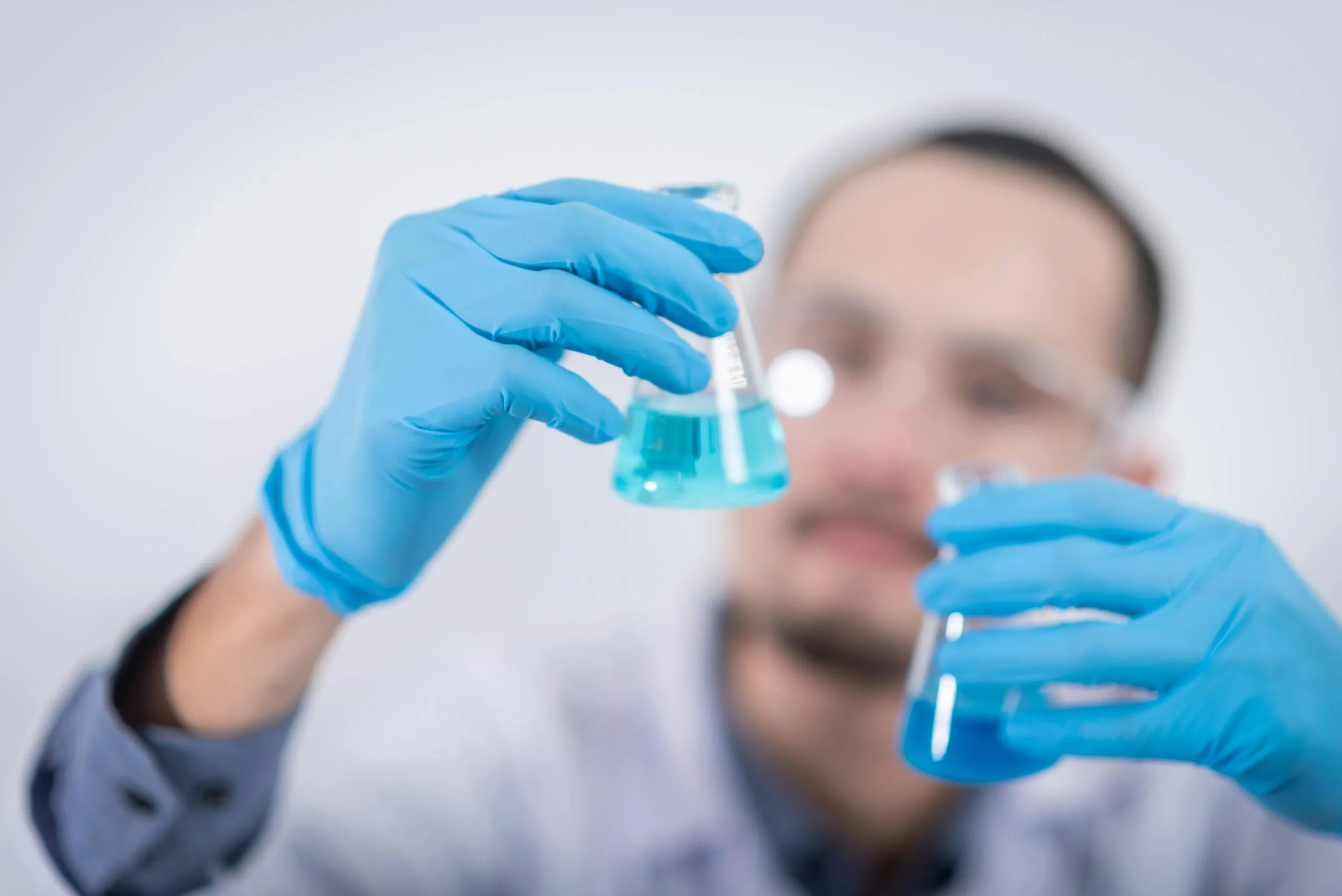
Choosing between Nicotinamide Mononucleotide (NMN) and Nicotinamide Riboside (NR) for supplementation largely depends on individual health goals and specific physiological needs.
Both compounds serve as precursors to Nicotinamide Adenine Dinucleotide (NAD+), but they have unique characteristics and potential benefits that may make one more suitable than the other for particular purposes.
Key Difference between NMN and NR
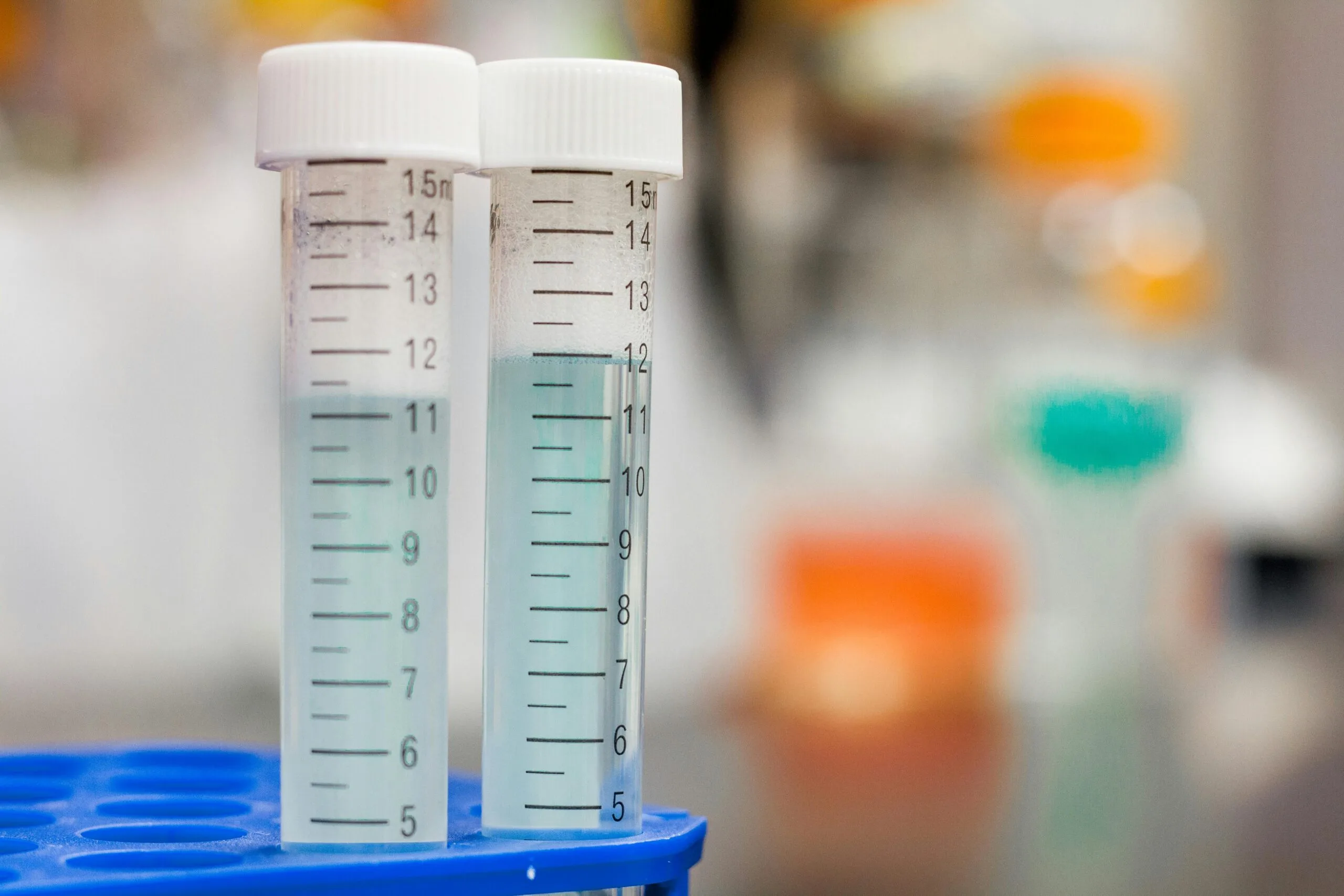
Bioavailability and Absorption: While both NMN and NR effectively increase NAD+ levels, they differ in how the body absorbs and utilizes them.
NMN is a larger molecule and may be absorbed differently in the gastrointestinal tract.
Some studies suggest that NMN may be more efficiently taken up by tissues, potentially leading to faster increases in NAD+ levels.
On the other hand, NR is generally well-absorbed and can effectively raise NAD+ levels, but may require more metabolic steps before converting into NAD+.
Specific Health Goals: For individuals primarily interested in enhancing energy metabolism and physical performance, both NMN and NR can be beneficial, but it is more recommended to buy NMN as it has more of an edge due to its potential for quicker absorption and direct conversion to NAD+.
Those seeking to improve metabolic health, support weight management, or increase exercise capacity might find NMN more effective.
If cognitive benefits are the primary goal, both NMN and NR can enhance brain function by increasing NAD+ levels, but individual responses can vary.
Some studies suggest that NMN may provide additional neuroprotective benefits due to its rapid action in the brain, while NR also demonstrates cognitive enhancement capabilities.
Age and Health Status: Older adults or individuals experiencing age-related declines in NAD+ levels might benefit more from NMN supplementation.
Research has shown NMN’s effectiveness in improving muscle function, enhancing physical activity, and supporting overall vitality in aged models.
For younger individuals, particularly those who are active or looking to support general wellness, both NMN and NR are effective.
Lifestyle Considerations: Individuals with specific dietary restrictions or sensitivities may also factor into the choice between NMN and NR.
For instance, NMN is typically found in lower concentrations in foods compared to NR, which is present in dairy products and some fermented foods.
This may lead some people to prefer NMN for supplementation, particularly if they follow a vegan or lactose-free diet.
To summarise, both NMN and NR are effective in boosting NAD+ levels and offer unique benefits based on individual health goals.
NMN may be better for those looking for quick energy boosts, metabolic health support, or neuroprotection, particularly in older adults.
NR can be a great option for younger individuals focused on overall wellness and recovery.
Ultimately, the choice between NMN and NR should take into account personal health objectives, lifestyle factors, and individual responses to supplementation.
Which Is The Most Popular Between NMN and NR?

When comparing the popularity of NMN (Nicotinamide Mononucleotide) and NR (Nicotinamide Riboside), NMN is rapidly gaining ground, particularly in the anti-aging and health optimization communities.
While NR has been around longer and enjoys substantial visibility, NMN has emerged as a compelling contender due to its unique properties and growing body of research suggesting its potential benefits for boosting NAD+ levels and enhancing cellular health.
Many experts emphasize NMN’s direct role in supporting metabolic processes and its promising results in animal studies related to longevity and age-related conditions.
Furthermore, as more consumers become aware of NMN’s advantages, including its favorable absorption and effectiveness, it is attracting a dedicated following.
With ongoing research and increased advocacy from health influencers, NMN is poised to become a leading choice among those seeking to optimize their health and vitality.
Conclusion
In summary, NMN, NAD+, and NR are interconnected components that play vital roles in cellular health and metabolism.
NAD+ serves as a crucial coenzyme for energy production and cellular repair, while NMN and NR act as precursors that help replenish NAD+ levels.
Understanding the difference between NMN and NR can empower individuals to make informed choices about supplementation and overall health strategies.
As research continues to evolve, the potential of NMN and NR in promoting longevity and combating age-related declines remains an exciting area of exploration in the field of health and wellness.
